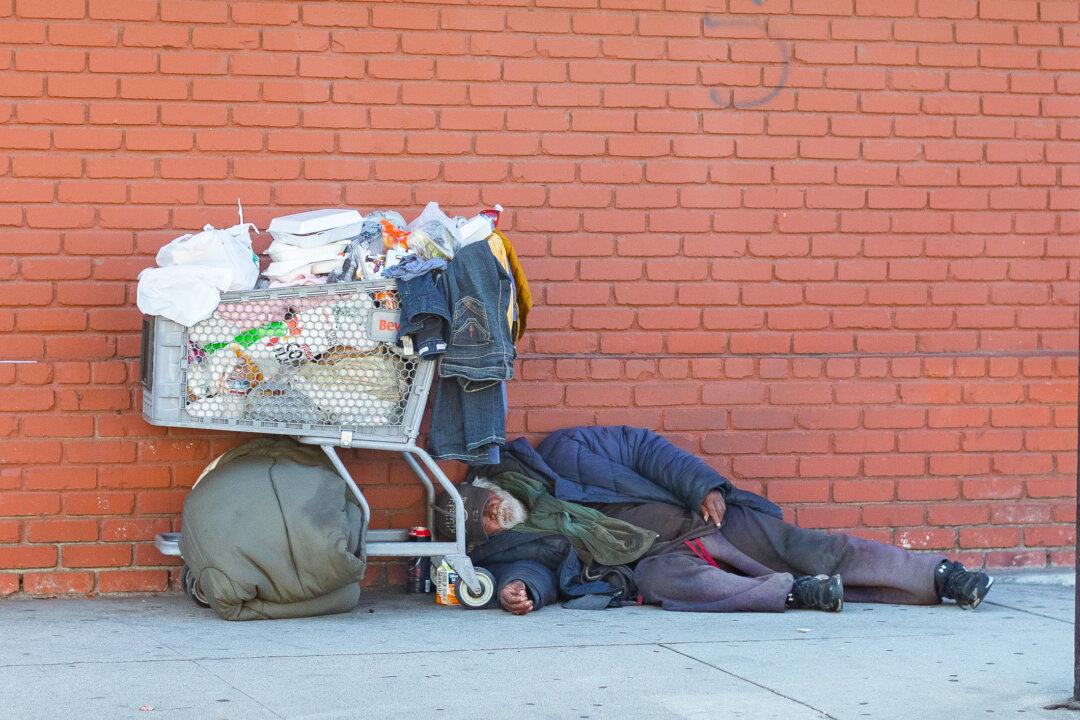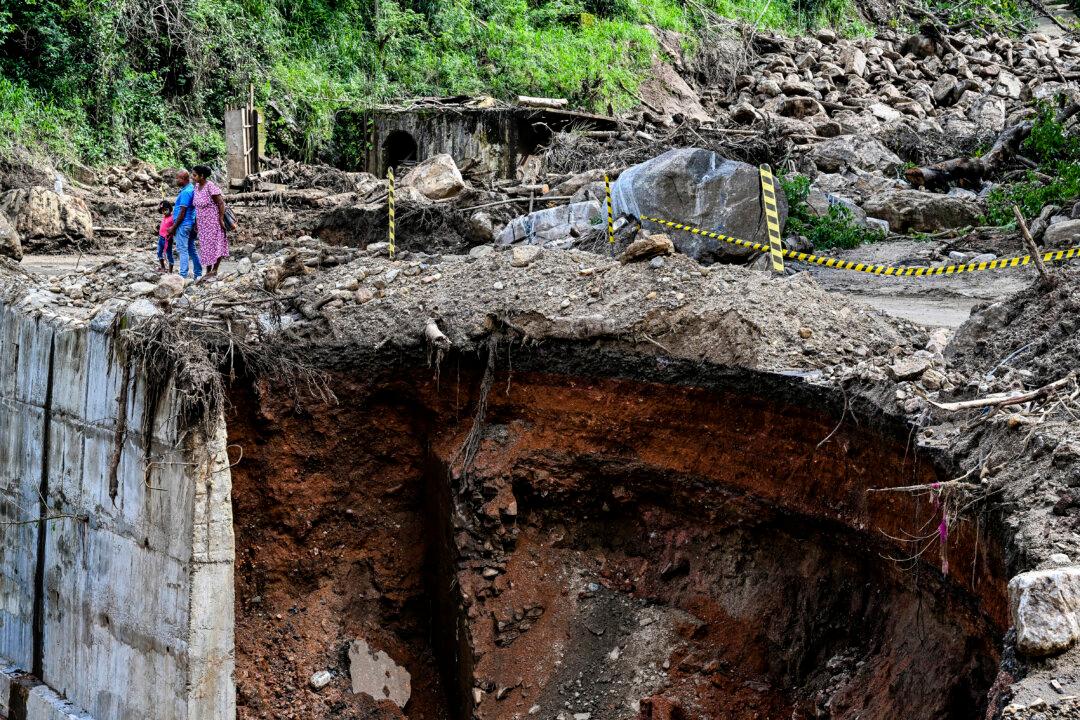LONG BEACH, Calif.—Long Beach announced the results of its city-run 2022 Homeless Point in Time Count Friday—showing a 22 percent increase in people living in encampments or on the street, and a 380 percent increase in people living in a vehicle compared to January 2020—when the previous city survey was conducted before being halted for two years because of the pandemic.
The count shows 3,296 people experiencing homelessness on Feb. 24, when the survey was conducted by the city’s Health and Human Services Department.





